9 Scary Plants to get you into the Halloween Spirit!
While mums, pumpkins and apple spices usually signal the fall season has arrived, Halloween is right around the corner. Why not opt for some creepy or scary plants in your home or landscape? These creepy plants are sure to get you into the Halloween spirit.
Read on ... if you dare!
Brain cactus (Mammillaria elongate)
Brain cactus, otherwise known as Mammillaria elongata ‘Cristata' does well in arid, dry conditions or as a houseplant. It's curvy stems twist and turn, wrapping around itself looking like a human brain. (Photo credit: Cliff)
Venus flytrap (Dionaea muscipula)
Probably one of the most well-known scary plants is the venus flytrap (Dionaea muscipula). This carnivorous plant was made famous in Little Shop of Horrors and its well known line, “feed me Seymour.” (Photo credit: Mokkie)
White ghosts (Monotropa uniflora)
These eye-catching plants have bright white droopy flowers reminiscent of ghosts found in spooky dark, dank basements. They hide in shady spots and live in a symbiotic relationship with a fungus in their roots providing food.(Photo credit: Will Brown)
‘Sticks on Fire' or pencil cactus (Euphorbia tirucalli)
Sticks on Fire, also known as fire sticks and pencil cactus and by its scientific name Euphorbia tirucalli, is a very popular succulent for its showy soft green to reddish-gold stem. A native of southern Africa, the smooth, coral-like stems look deceptively harmless, but looks can be deceiving. The sap is toxic. Caution and care should be always exercised with this plant. (Photo credit: mark6mauno)
Doll's eyes (Actaea pachypoda)
Doll's eyes plants are native to North America and have eyeball-like berries that are highly toxic to humans. You may never set your own orbs on this plant but if you're in the Midwest or Northeast, know that it will be watching you! (Photo credit: Michael Lusk)
Bleeding tooth fungus (Hydellum peckii)
This startling-looking fungus oozes fake blood through minute pores. The red goo is actually a result of a process called guttation that forces water into the roots during osmosis. This spooky sight is found mostly in the Pacific Northwest and Europe living peaceably in symbiosis with conifers. (Photo credit: Holger Krisp)
Corpse plant (Amorphophallus titanum)
The corpse plant, Amorphophallus titanum, only blooms its magnificent flower every seven to ten years. When it does, it lives up to its name giving off an odor that smells like the rotting flesh of a corpse. This adaptation attracts flesh flies and carrion-eating beetles, corpse flower pollinators. (Photo credit: Rhododendrites)
Cobra plant (Darlingtonia californica)
The cobra plant, also known as a cobra lily or California pitcher plant, is native to Northern California and southern Oregon. This carnivorous plant attracts insects and small animals into its long hollow leaves where they become trapped and drown. There, they liquefy and are absorbed by the plant for nutrients. This plant resembles a striking cobra, and is just as deadly for its tiny victims. (Photo credit: NoahElhardt)
Devil's claw or ram's horn (Proboscidea louisianica)
This unfriendly-looking species is native to the South Central United States and sports a unique horn-shaped seed pod. The dry, woody pods attach to human shoes and the paws of animals, hitchhiking to disperse seeds far and wide. In addition to its attention-grabbing visual appeal, the pod is used in basket-making traditions, and is also used to create pigments for dyes by several Indigenous Americans. (Photo credit: Frank Carey)
Resources:
It's a Scary Time of Year! by Janet Hartin (published Oct. 30, 2017)





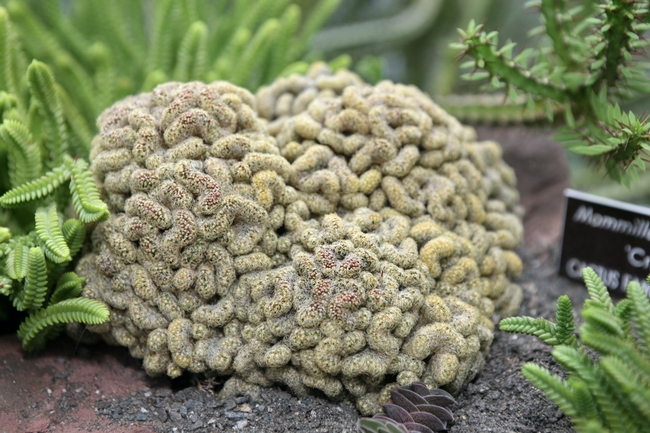
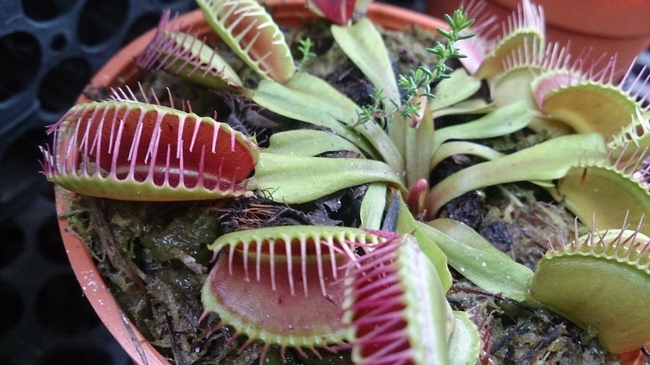
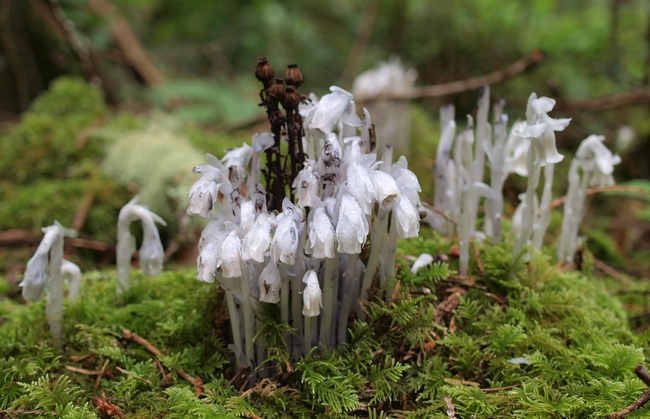
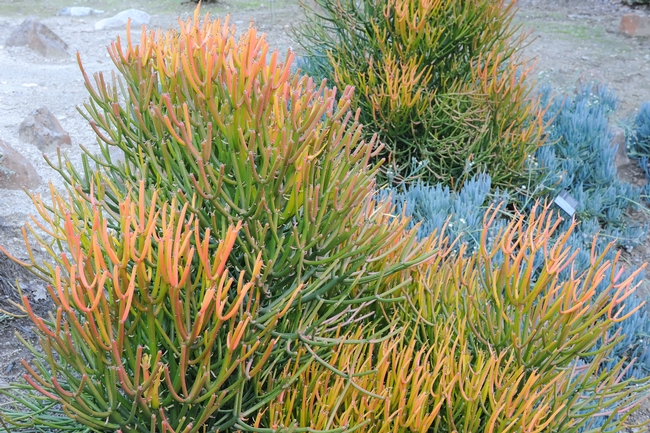
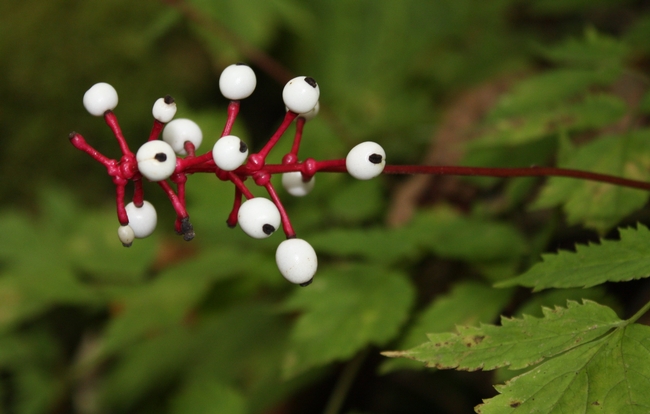

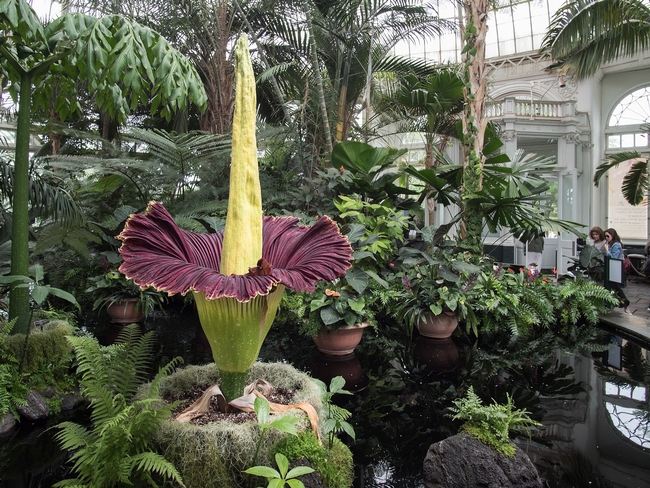
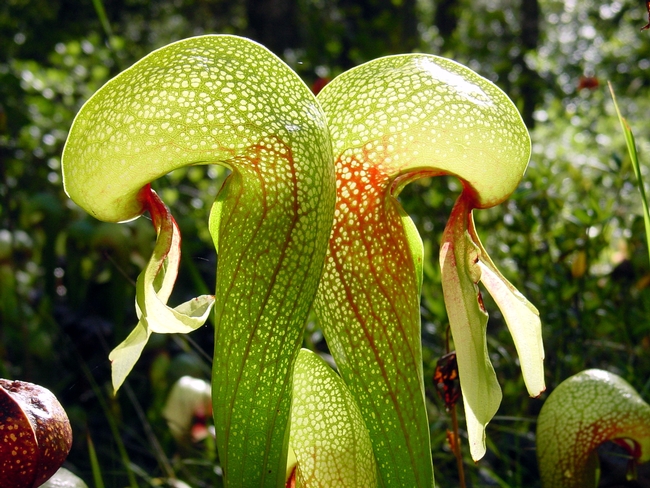

Posted by Hedwig Van Den Broeck on October 25, 2021 at 1:47 PM